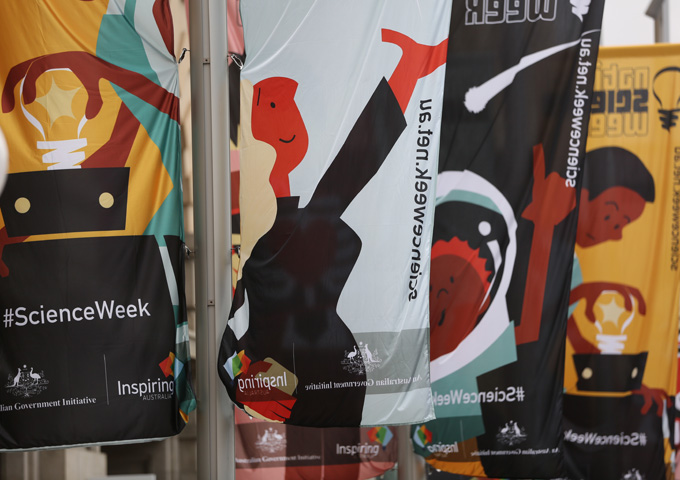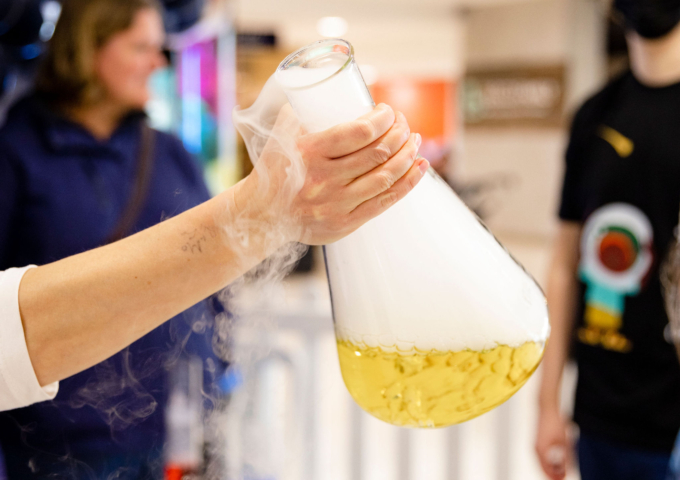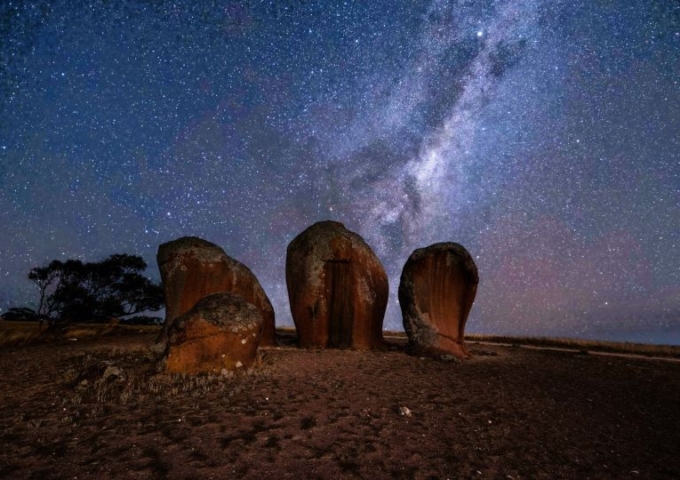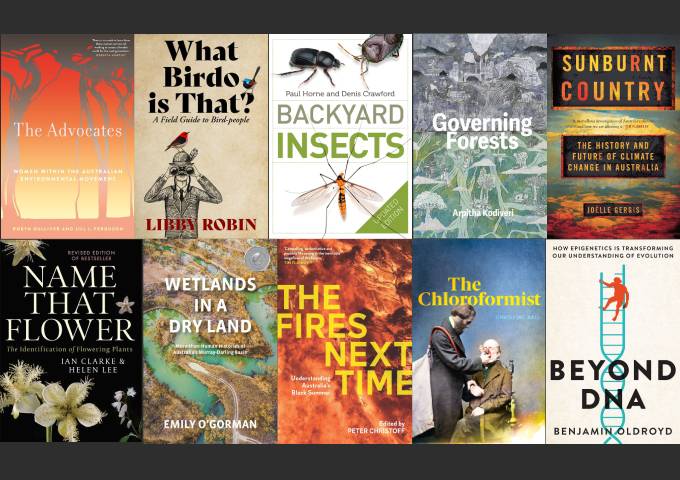
 We humans think we know Lots! And this is where the museums and herbaria come in, where it is our job to discover, collect and preserve, and make the ‘unknown’ species ‘known’.
We humans think we know Lots! And this is where the museums and herbaria come in, where it is our job to discover, collect and preserve, and make the ‘unknown’ species ‘known’.
Museum collections are the material evidence of these species discoveries. The specimens of any species can be checked years, even centuries later using new technologies, which is exactly what is happening now with the Genomic Revolution. For example, we have to go into the collections to check if someone made a mistake when they described a new species a hundred years ago; or to check whether a new discovery is really new, or only a rediscovery of something already known; and so on.
To put things in perspective, here are some statistics:
- Ignoring the prokaryotes (bacteria and archaea), there are an estimated 8-9 million species of eukaryotes (animals and plants) alive on Earth today, but only about 1.5 million species (or about 20%) have yet been formally discovered and named. That means about 7-8 million species are still “unknown”. How do we know the quantity of the ‘unknown’? By the rate of species discovery annually, and the volume of collections (of invertebrates in particular) that still cannot be identified to species level.
- Of the 1.5 million species known, about 1.3 million species are known from the land, and only about 200 000 species are known from the oceans.
- Animal species are grouped into 35 phyla (a phylum is the highest subset of the animals below the Kingdom rank, and includes groups such as the Arthropods (insects, spiders, crabs etc), the Chordates (mammals, fishes, sea squirts etc), and so on.
- On land there are 11 phyla of animals, of which only 1 phylum (the velvet worms or Onychophorans) is unique to the land.
- But in the ocean there are 31 phyla of animals, with 13 of these phyla found only in the oceans.
- So, while we may have discovered a lot more species on land than in the oceans (especially the insects), the oceans contain a far greater level of genetic diversity than does the land. (And it is a lot harder to sample species from the oceans than it is from the land.)
- The cliché that we know more about the surface of Mars than we do about what lives in our oceans is probably very true. But this is why Queensland, and the Queensland Museum, has a strong focus on sea creatures, especially those that make up the Great Barrier Reef.
- Australia is one of only 17 countries in the world that is ‘mega-diverse’, i.e. together these countries hold 70% of the world’s biodiversity. Australia has the most diverse and endemic vertebrate species, and is the fifth most diverse in vascular plant species. Queensland is Australia’s most mega-diverse state. This therefore places the Queensland Museum collections into a special category of importance.
- The Queensland Museum has collections of approximately 14 million specimens, ranging from single-celled animals to whales, animals living and fossils, and minerals. These include approximately:
- 3.5 million insects
- 2.5 million other phyla of living animals
- 7.6 million fossils
- 100 000 minerals
- 47 000 type specimens (the original specimens used to describe a new species – the crown jewels).
- Over its 150 year history Queensland Museum scientists (known by the quaint old name of ‘Curators’) have discovered and described nearly 5000 new species of animals from Australasia.
So, I’m going to use the lowly marine sponge to illustrate how much we still don’t know. Sponges belong to the Phylum Porifera, which sits at the base of the evolutionary tree of multicellular animals, and for which I have devoted a career to studying. During that journey my team and I have discovered almost 5000 species, the majority of which are new to science (i.e. still ‘unknown’), and about 65% are so far known only from one or few specimens from one or few localities (‘singletons’).
Conversely, many years ago we first came across a relatively common bright orange to yellow coloured coral reef sponge, affectionately known as the ‘Bob Marley Sponge’ on account of its dreadlock-like branching growth form, which we found to be one of the most widely-distributed marine sponge species on the Great Barrier Reef, with its range extending into Papua New Guinea, the Solomon Islands and Vanuatu, and living at a relatively shallow depth of 10 to 20 meters. In other words, it would be very difficult for someone snorkelling or diving NOT to encounter the species.
Amazingly, we eventually discovered the sponge to be not only a new species but also to belong to a new genus (a clade that contains evolutionarily more similar species). We named the species Pipestela candelabra, named for its pipe-shaped branches on a stalk (the genus name Pipestela) and resembling a candelabra or multiple candle stick holder (the species name). The uniqueness of the new species and genus was subsequently confirmed using molecular markers, and three other new species were also included in the new genus.
Finding such a common animal widely spread across the Great Barrier Reef belonging to a new genus clearly tells us how little we still know of what lives even in our shallow coastal waters, and on the GBR in particular.
But wait, there’s more. It was also discovered that the species had very interesting chemistry, showing bioactivity against certain cell lines with potential anti-cancer applications.
Three naturally occurring new peptides (short chains of amino acids linked by peptide (amide) bonds) – with the swanky names hemiasterlin, milnamide and pipestelide – were discovered from the species, which were able to selectively inhibit the growth of certain cancerous cells, including PC3 prostate cancer, while not acting on non-cancerous cells, and also with antimitotic properties (i.e. essentially shattering the spindles that form inside the cell when it is undergoing mitosis, so that the chromosomes can’t align and replicate, and thus preventing cell division of the cancer cells).
These chemicals have been underway in preclinical studies of various cancer cells, and who knows what they will eventually accomplish. But in the meantime we continue to discover new species when we think we already know Lots! And who would have thought that lowly sponges, being amongst the most primitive and also most toxic animals on the planet, would become so prominent for their medicinal properties.
Final Fast Fact:
- The Queensland Museum was one of the major partners in the Great Barrier Reef Seabed Biodiversity Project 2003-2007.
- The project collected and mapped ~1500 sites, collected and weighed~341 000 specimens comprising about 7500 marine species living in-between the coral reefs.
- 23% of all invertebrates processed were sponges (Porifera) (~1200 species).
- Of the “top 5” most abundant sponge species four were not found on the adjacent coral reefs, living only on the inter-reef seabed.
- Of these “top 5” most abundant sponge species two were also new to science. We still don’t know much at all, but it’s part of the fun doing the discovering.
Guest blog post by Dr John Hooper, Head of Biodiversity & Geosciences Program, Queensland Museum Network, and Adjunct Professor, Eskitis Institute for Drug Discovery, Griffith University.






